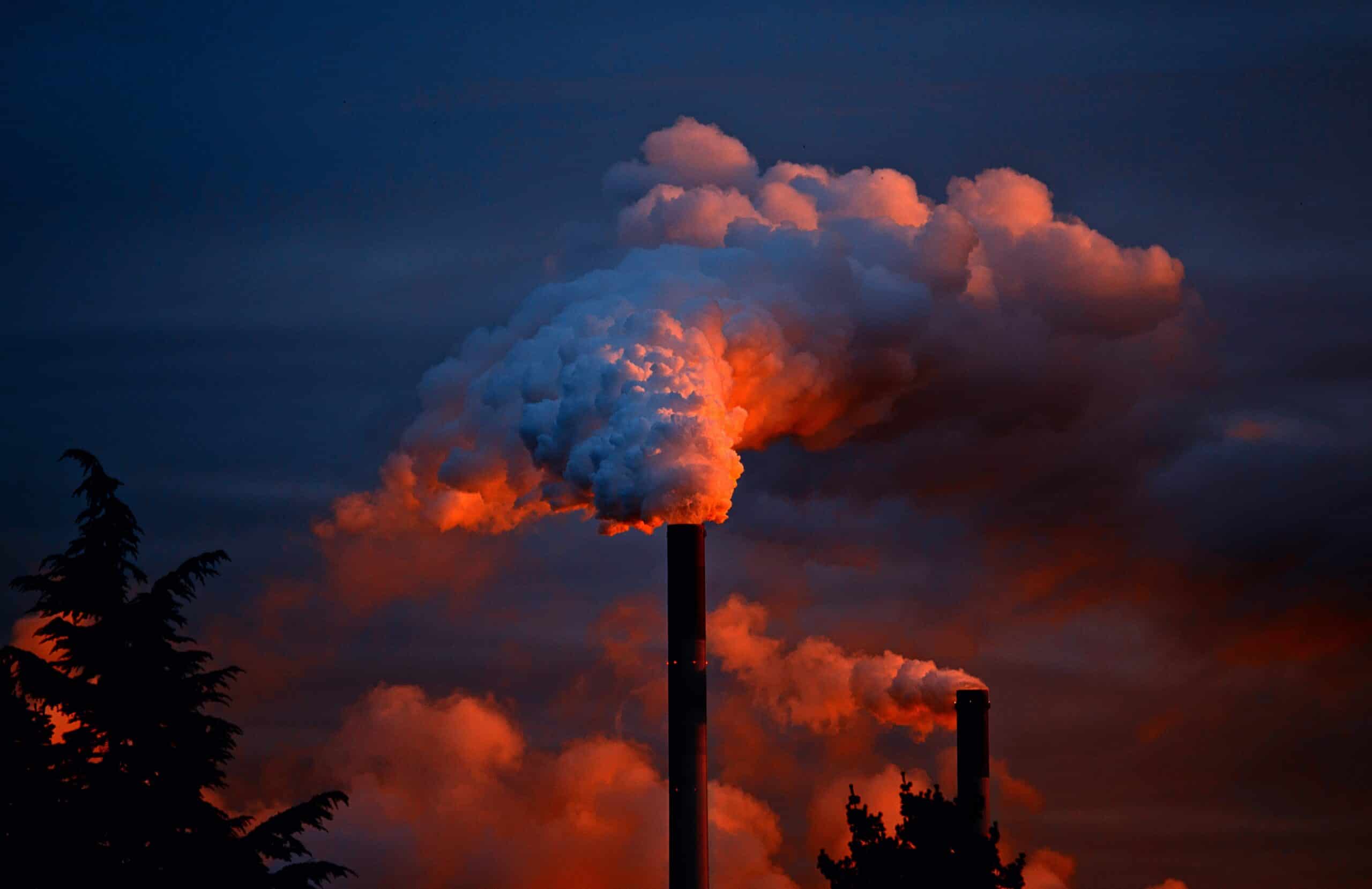
Deforestation is ruining our forests, the livelihood of many indigenous people groups, and poverty stricken communities who heavily rely on forests to survive. An attempt to fix the damage humans have caused to tree populations has been set in place to recover the earth: reforestation.
In the tropics, many small and rural communities rely on forests, but as we know, deforestation is taking that away from them. Although there are many programs and initiatives set in place for reforestation, this process takes many years, and a lot of failures just to succeed. According to The United Nations Food and Agriculture Organization (FAO), more than 1.6 billion people worldwide depend on forests for their livelihood, this figure includes about 60 million indigenous people groups, as well as more than 350 million individuals who are dependent on forests for their income.
Forest resources cover 90% of the 1.2 billion people living in extreme poverty. As we have seen the Amazon Rainforest and tropical rainforests disappear due to deforestation, we know that those whose lives are dependent on such a forest are put at risk. Forests are a resource of income for people groups, yet as they are clearing forests to provide for themselves, irreversible damage is taking place, and a solution must be set in place. Over 350 million hectares of tropical forests have been lost due to deforestation.
When the forest is stripped of its vegetation, everything in its vicinity suffers. There is no water, no water purification, no shelter, no means to make it, so that is when reforestation plans are put into place. The last century has been spent cutting down forests, and it may take the next two or three just to repopulate it.
Reforestation plans are put into place in an attempt to reverse the more severe impacts forest loss and degradation has on rural communities, by providing access for local people groups. Resources in these projects might include fuelwood, non-timber products, nutrient cycling, providing better connected habitats, and supporting biological diversity in order to encourage adaptations to the changing ecosystems as deforestation escalates.
In the tropics, reforestation can help climate change, and about 300 million to 1 billion hectares of land are available for reforestation. Up to 90 billion tons of carbon could be sequestered if reforestation plans are strong enough to stick with the mission. It is easy to say rather than do but reforestation is necessary to preserve the livelihoods of rural, poor, communities. As far as reforestation goes, many efforts have failed after the trees planted have not flourished, or were killed by the same pressures that killed those before it. Long term success and reforestation is the hardest achievement.
Reforestation is the intentional process of replanting trees to an area which was previously cleared of them. Empty fields are returned with trees. Reforestation efforts range from planting fast-growing exotic tree species for timber production, or agroforestry systems for diverse crop and tree products through attempts to assist the recovery of the original forest, to planting native species to the area, regenerating economic development and long term ecosystems. Recently, there have been large amounts of international commitments to reforestation, especially in the tropics.
“The Bonn Challenge” is a global aspiration to restore 350 million hectares by 2030 using Forest Landscape Restoration (FLR). Reforestation has the potential to improve smallholder and community livelihoods, especially in the tropical developing countries. In developing countries, reforestation initiatives are implemented through involvement of the community, groups of smallholders and individuals. Reforestation efforts fail many times when long term considerations and community needs are overlooked.
Researchers Robert Chambers and Gordon Conway created the Sustainable Livelihoods Framework (SLF), in order to assess and enhance reforestation implementations. The SLF model is based on community capacity and capital assets. The model shows that community capacity is a complex construct, and each capital asset varies with activity, setting, and point and time.
The SLF was developed to help design, monitor, and evaluate interventions for poverty alleviation. The framework model considers livelihoods to encompass the resources, capacities and activities needed to live and exist.
There are five categories of capital assets: Financial, human, natural, physical, and social. All five categories affect implementation of reforestation by communities.
Financial Assets refer to the finances communities need to begin reforestation. Reforestation can often be a costly activity, and can be high risk when those costs and needs are not met. Borrowing money for reforestation projects often is not an option, so communities must come up with ways to economically survive while their livelihood is being regrown.
Human Assets refer to what the community can do to help, and what resources are available to them in order to succeed. There is often an educational aspect of human assets, as attending to the regrowth of the forest is necessary to succeed. Early stages of reforestation can be very labor intensive through early development and implementation. When trees are young, weeds have not been suppressed, the community must work to get rid of weeds around trees.
Natural Assets refer to the groundwork of plans, looking at what is available, and what it takes to strategize a plan to work with nature. In order to even begin reforestation, there needs to be land to plant the trees. In many areas where land is accessible, it has been stripped of natural resources and used for agriculture, so the proper nutrients needed for reforestation are hard to dip into. Water resources are also scarce in many areas where deforestation occurs. The natural assets of communities and property factor into reforestation.
Physical assets refer to communities that need access to infrastructure and technology to successfully grow trees. Nurseries to raise seedlings and water sources to grow and nourish them, clean water, roads to access the trees, and tools to help them grow and nourish them, vehicles, and overall maintenance equipment.
Social assets are essential for successful reforestation, levels of bridging, bonding and linking social capital, affect success of reforestation.
Cultural assets also overlap with human and social capital and processes related to institutions and culture. Ecological knowledge can play a role in reforestation activities. Shared cultural and religious values that promote the protection of forest and resources often encourage reforestation directly and indirectly. Certain religious influences can really benefit reforestation habits.
With the above assets taken into consideration, reforestation efforts can proceed. An initial assessment of community capacity is also important in order to help identify actions that need to take place, and resources to ensure the necessary inputs are made available to ensure communities have both short and long term capacity to meet objectives. Poverty struck communities require the most outside effort, and are typically resource poor. These groups are more likely to depend on more livelihood benefits, while also requiring high levels of support like skill building, and typically depend on direct cash payments for their involvement.
Reforestation can be costly to the community because there are no benefits until many years into the future, and many reforestation efforts have failed due to lack of assessing, and lack of work put in by communities. So far, China, Australia, and India are flourishing with their reforestation efforts, and scientists are watching from above using satellite data. Though it takes time, their efforts are being noticed, and are impactful to the earth, and in time, the effort will pay off, hectare by hectare.








